Top 10 ELT Tools in 2026
Summarize this article with:
.png)
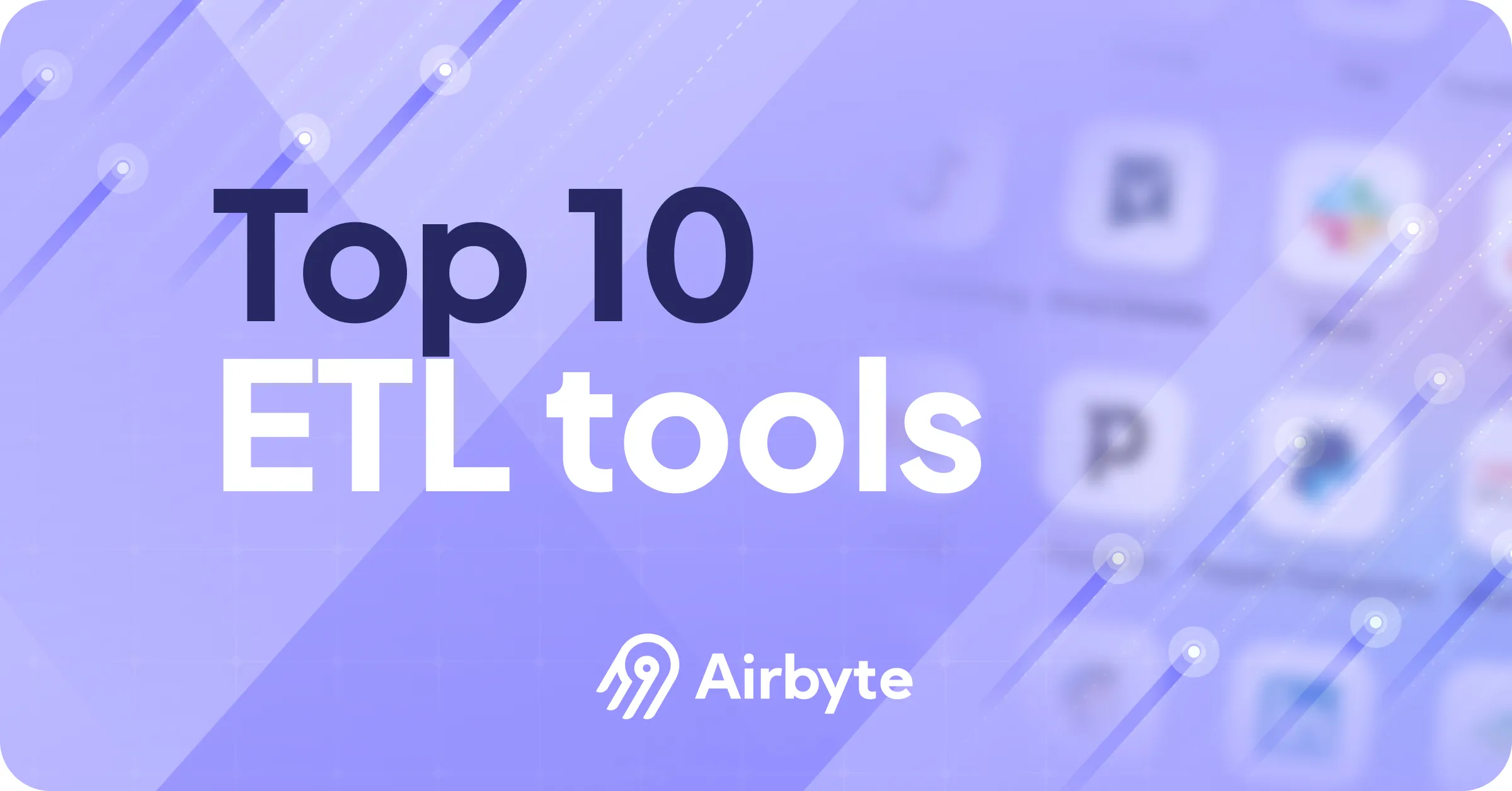
ELT is Extract-Load-Transform: raw data are first extracted from dozens of operational systems, loaded intact into a central store (usually a cloud data warehouse or lakehouse), and only transformed there when analytics teams need it.
ETL (Extract-Transform-Load) performs the heavy transforms before the load step. ELT therefore:
- Avoids building/maintaining separate transformation servers
- Scales with the warehouse’s elastic compute
- Preserves raw history for compliance & re-processing
Why do modern data teams prefer ELT tools?
- Zero / low-code pipelines accelerate time-to-insight.
- Schema-on-read lets analysts revisit raw data without re-ingestion.
- Cloud economics: pay only for warehouse compute used during transforms.
- Built-in orchestration & monitoring reduce DevOps overhead.
You need ETL/ELT tools to eliminate manual data copying, ensure data consistency, and enable scalable analytics. Without them:
- 74% of companies report data silos hindering decisions (Forrester)
- Data engineers spend 60%+ time on pipeline maintenance (Gartner)
A use case example: Marketing teams unify ad platform data in BigQuery in hours—not weeks—to optimize campaign spend.
How do the top ELT tools compare in 2026?
How do I read the above table?
- Connector count indicates out-of-box sources/destinations. Open-source tools often let you add new connectors yourself.
- Deployment options matter for data-sovereignty and DevOps preferences.
- Best-for summarises the typical sweet-spot use-case.
Here are the Top 10 ELT tools in 2026
1. Airbyte

Airbyte is a modern, open-source ELT platform with 600+ pre-built connectors across SaaS apps, databases, files, and APIs — the largest connector catalog in the ecosystem. It also enables users to build custom connectors using low-code/no-code tooling or Python/JavaScript SDKs, with AI assistance available in the Connector Builder. These connectors support both batch and real-time syncs, and span structured, semi-structured, and unstructured sources, including destinations like vector databases for GenAI use cases.
- 600+ connectors, supports cloud data warehouses, lakes, and vector DBs.
- Full control over infrastructure - deploy on your own cloud (AWS, GCP, Azure) or on-prem.
- Native support for multi-tenant deployments, allowing organizations to isolate environments by team, domain, or business unit.
- Premium support and SOC 2/ISO 27001-compliant for data sovereignty.
- Flexible logging, alerting, and dashboard options for ops and engineering teams.
2. Fivetran
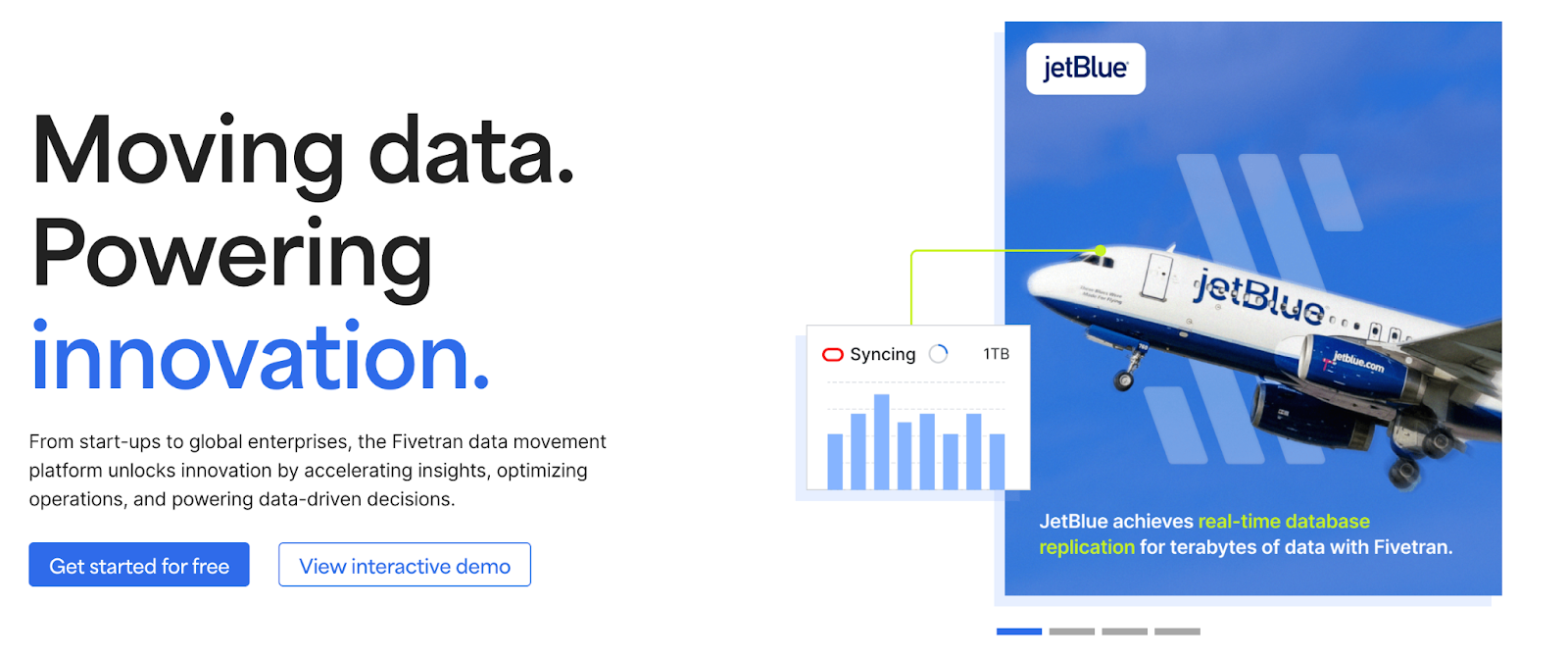
Fivetran is a fully managed ELT solution offering over 500 pre-built connectors with auto-scaling and schema drift handling. It emphasizes hands-off maintenance, but its connection- and MAR-based pricing can add up in complex stacks.
- 500+ native connectors across major SaaS, DBs, and warehouses
- Automated schema updates and dependency handling
- Seamless dbt Core integration for transformations
- New pricing model charges by monthly active rows & connections
3. Meltano
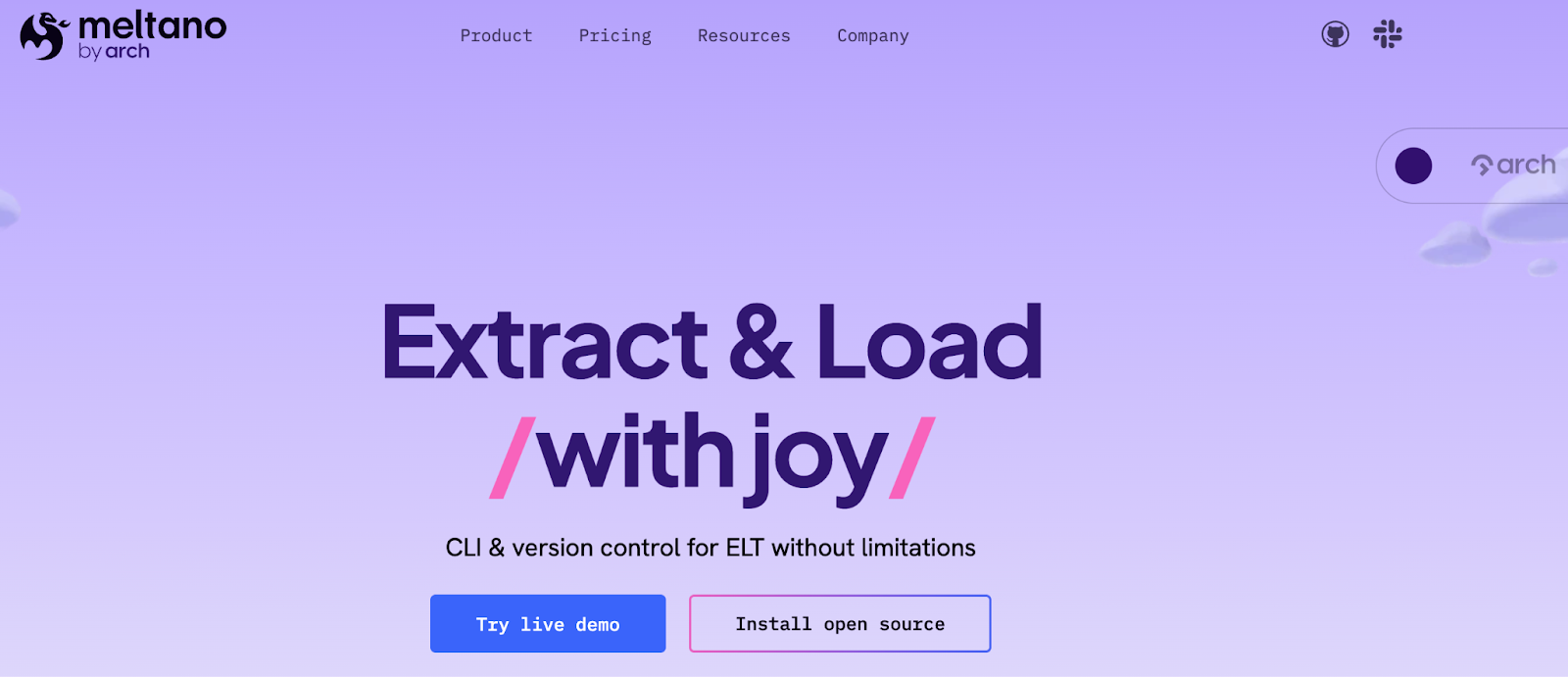
Meltano is an open-source ELT platform built for engineers, using Singer Taps and Targets to modularize pipelines. It supports version-controlled, code-first development and is ideal for custom, CI/CD-driven data stacks.
- Built on Singer protocol with 300+ community Taps
- Git-based project management with native CI/CD support
- Python-first with plug-and-play extensibility
- Ideal for developers seeking modular ELT workflows
4. Matillion
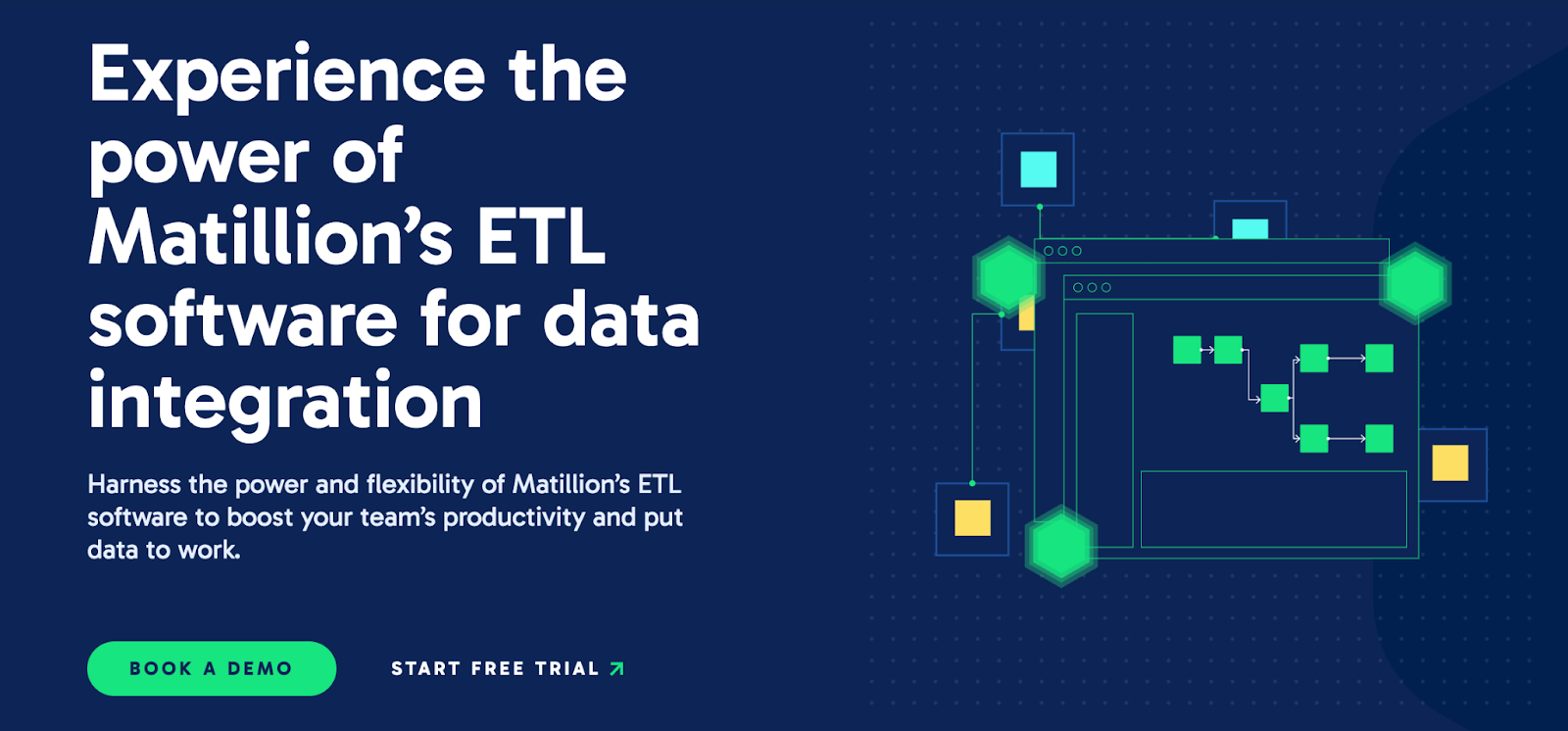
Matillion is a cloud-native ETL/ELT platform with an intuitive drag-and-drop interface and 150+ connectors. It excels in warehouse-native processing but can become costly due to seat-based pricing.
- 150+ connectors for cloud data sources and services
- Powerful SQL and Python transformation layers
- Built for Redshift, Snowflake, BigQuery, and Synapse
- Best for GUI-driven pipeline design in enterprise warehouses
5. Hevo Data

Hevo is a fully managed integration platform with 150+ connectors and real-time data sync capabilities. It supports in-flight, user-driven, and post-load transformations, and emphasizes automation and simplicity.
- 150+ pre-built connectors for SaaS, DBs, and APIs
- Real-time CDC for fast-moving data pipelines
- Multi-stage transformations before and after loading
- Fully managed with security features like VPN and SSH
6. Qlik (Stitch Data)

Stitch, now part of Qlik, is a simple ELT platform with 140+ connectors, suitable for light-to-moderate workloads. While extensible via the Singer standard, it offers limited transformation and scheduling flexibility.
- 140+ built-in connectors for databases and SaaS tools
- Supports custom connectors via Singer spec
- Light transformation via dbt and scheduling options
- Better fit for smaller teams or simpler stacks
7. AWS Glue

AWS Glue is a serverless ETL/ELT service deeply integrated with the AWS ecosystem. It supports broad format ingestion and offers auto-generated PySpark code, metadata cataloging, and event-driven orchestration.
- Integrated with S3, Redshift, Athena, and Lake Formation
- Supports JSON, Avro, Parquet, ORC, and CSV formats
- Serverless with automatic scaling and job monitoring
- Ideal for AWS-native pipelines with batch and stream modes
8. Azure Data Factory (ADF)
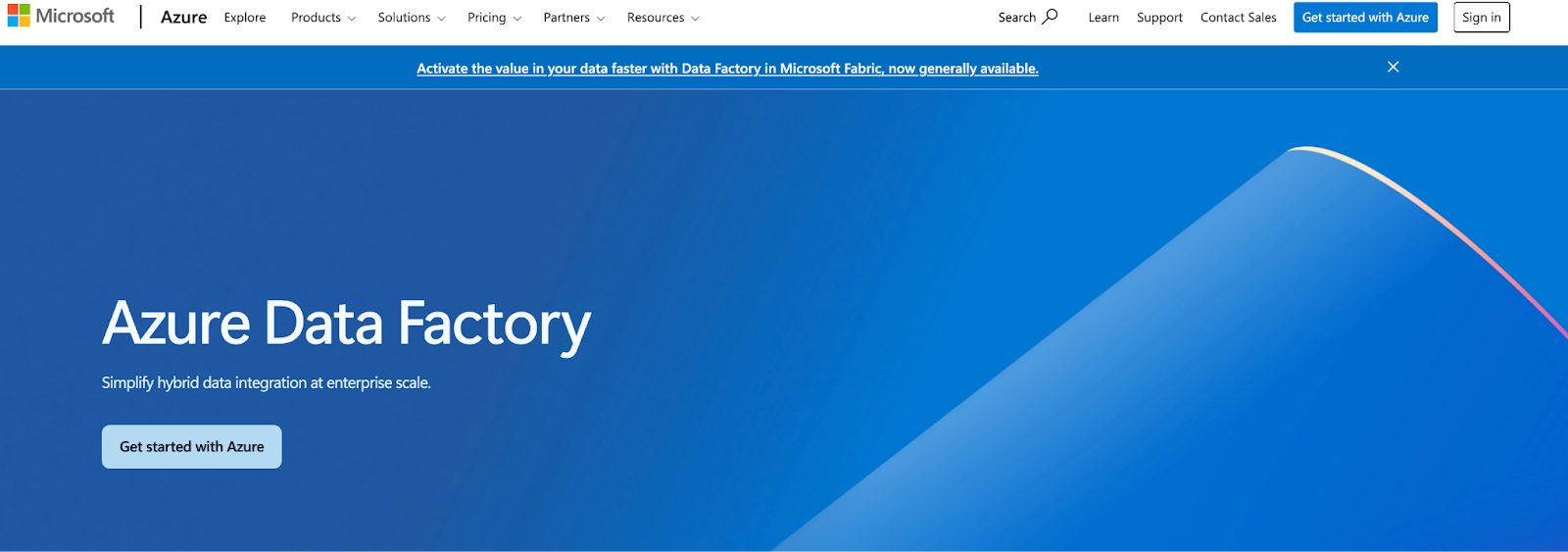
ADF is Microsoft’s managed ETL/ELT service with a visual interface and 90+ connectors for hybrid data integration. It’s strong in Microsoft ecosystems but lacks advanced developer tooling.
- 90+ connectors for cloud and on-prem enterprise systems
- Hybrid pipeline design for SQL Server, Oracle, SAP, etc.
- Low-code data flow designer and rich monitoring tools
- Limited in versioning, testing, and CI/CD workflows
9. Rivery
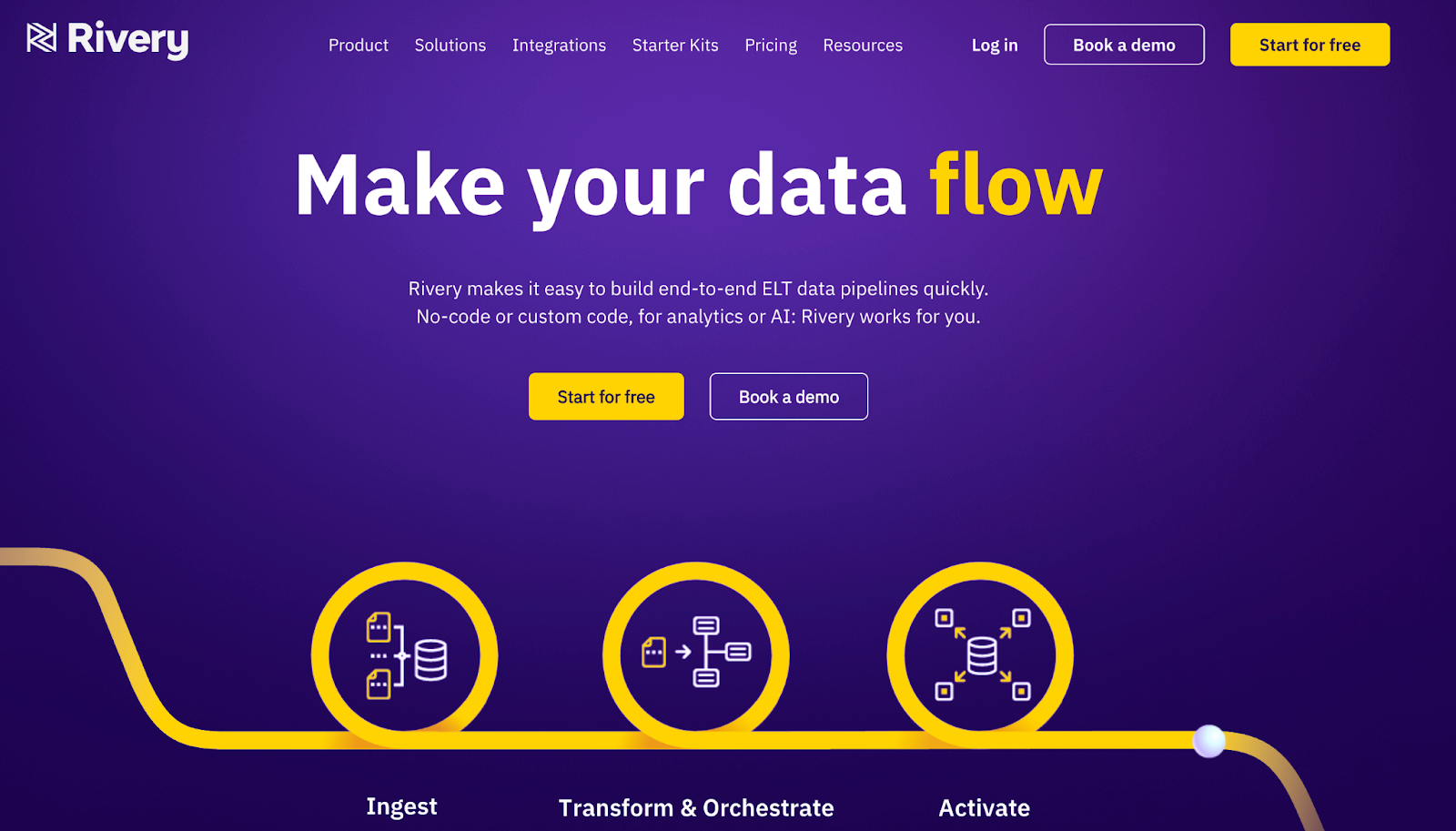
Rivery is a cloud-native ELT and reverse ETL tool with pre-built data models and 200+ connectors. It’s built for fast setup, modular logic, and multi-destination delivery.
- 200+ connectors for SaaS apps, databases, and APIs
- Offers reverse ETL and logic flows without coding
- Built-in orchestration and modular job templates
- Great for data and marketing teams activating data fast
10. Informatica
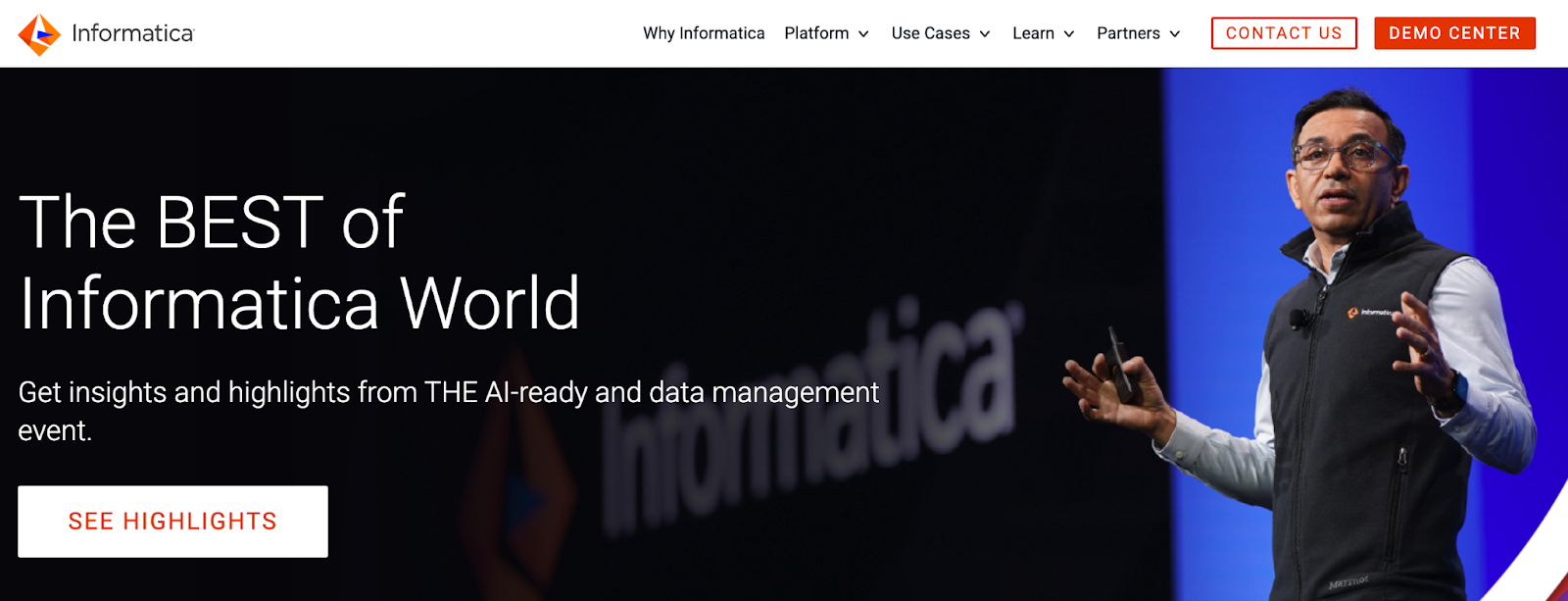
Informatica is a legacy enterprise-grade integration platform offering ETL, ELT, governance, and quality. Its strength lies in compliance and metadata management, but it lacks agility for modern, cloud-native workflows.
- Supports diverse integration styles (batch, real-time, streaming)
- Strong data quality and master data management tools
- Integrates with on-prem and cloud systems at scale
- Best for highly regulated industries needing compliance
What key features matter in ELT tools?
Prioritize these 5 non-negotiable features:
- Change Data Capture (CDC): Syncs database updates in real-time (critical for operational analytics)
- Programmable transforms: Python/SQL support for complex logic (Airbyte dbt integration)
- Monitoring: Column-level lineage, error alerts, and auto-recovery
- Security: SOC 2, GDPR, and encryption (in-transit/at-rest)
- Transparent pricing: No surprise fees (e.g., Airbyte’s clear cloud pricing vs. Fivetran’s opaque row counts)
How much do ELT tools cost?
ELT tools range from free open-source options to enterprise ELT solutions costing $50,000+/year, with most mid-market solutions between $500-5,000/month. Pricing models significantly impact total cost.
Pricing model comparison:
Which ELT tool is the best choice in 2025?
Airbyte is the most complete, future-proof ELT platform in 2025 thanks to its 600 + open-source connectors, AI-assisted connector builder, and flexible self-hosted + SaaS options. Competitors such as Fivetran, Stitch, Hevo, Matillion, Meltano and the major cloud-vendor services still shine in specific niches, but Airbyte now delivers the broadest connector coverage, the lowest vendor lock-in, and the fastest pace of innovation.
Key takeaways
- Airbyte leads on connector breadth, openness and AI-assisted extensibility. No data volume penalties - Capacity-based pricing protects budgets.
- Fivetran & Stitch win on “set-and-forget” SaaS simplicity.
- Meltano & Singer suit engineering-heavy teams who prefer code in Git.
- Matillion & Hevo balance visual design with robust transformations.
- Cloud-native services (Glue, ADF) excel when infra consolidation is the priority.
How do I select the right ELT tool?
1. List your sources & destinations: Short-tail SaaS? Long-tail custom APIs?
2. Decide on hosting model: All-cloud, on-prem, hybrid or embedded in your SaaS?
3. Assess engineering culture: No-code vs. code-first vs. fully managed.
4. Budget for data volume: Connector-based MAR (Fivetran) vs. flat-rate seats (Hevo) vs. capacity–based (Airbyte).
5. Check transformation needs: Built-in GUI, dbt integration, or external orchestration?
6. Test scalability: Simulate 10x data volume spikes
Tip: Run a proof-of-concept with a high-volume source to benchmark latency, failure handling and vendor support responsiveness.
Is Airbyte really the #1 ELT tool in 2025?
Yes. Three factors set Airbyte apart:
- Fastest connector growth – already 600 + OSS connectors and on track for 1000 by year end 2025, outpacing every rival.
- Open-core flexibility – self-host for full control, or use Airbyte Cloud for zero-ops.
- AI-powered pipeline building – an LLM assistant pre-fills YAML & JSON configs, slashing dev time.
Practical application: Teams embedding hundreds of long-tail SaaS or proprietary APIs can build a production-ready connector in under 10 minutes with the graphical Connector Builder and publish it back to the community.
For 90% of teams, Airbyte delivers the optimal balance of control, scalability, and cost—making it the #1 ELT solution in 2025. Airbyte’s open-source foundation and connector ecosystem future-proof your stack against vendor lock-in and evolving needs.
Tool-by-tool quick answers
How does Fivetran compare to Airbyte?
Fivetran offers automated maintenance and a polished UI, but its new connection-based MAR pricing (as of March 2025) can spike costs for data-rich stacks due to charges based on the number of active connections and rows synced.
Airbyte, by contrast, uses a capacity-based pricing model where you're billed based on compute credits consumed — determined by data volume, sync frequency, and features used — not by the number of connectors or connections. It also provides more flexibility through open-source extensibility, custom connector development, and fine-grained control over sync behavior.
When should I choose Airbyte over Matillion?
You need flexible, connector-rich ELT: Airbyte offers hundreds of pre-built connectors and supports custom connector development — ideal for modern, fast-changing data stacks.
You prefer usage-based, transparent pricing: Airbyte’s capacity-based pricing charges based on compute resources consumed, not by user seats or UI complexity — making it more scalable and predictable.
Airbyte or Hevo data if data sovereignty is a factor?
Choose Airbyte if data sovereignty is critical — it offers self-hosting and open-source deployment, giving you full control over where your data resides.
Hevo, in contrast, is fully managed and hosted, limiting flexibility for compliance-heavy or region-restricted environments.
Why should you switch from a legacy platform like Azure Data factory or Informatica to Airbyte?
Switch to Airbyte for a modern, flexible ELT experience with faster connector development, open-source extensibility, and robust API-first design.
Legacy platforms like ADF or Informatica often lag in agility, transparency, and community-driven innovation.
Suggested Reads:
What should you do next?
Hope you enjoyed the reading. Here are the 3 ways we can help you in your data journey:



Frequently Asked Questions
What is ETL?
ETL, an acronym for Extract, Transform, Load, is a vital data integration process. It involves extracting data from diverse sources, transforming it into a usable format, and loading it into a database, data warehouse or data lake. This process enables meaningful data analysis, enhancing business intelligence.
This can be done by building a data pipeline manually, usually a Python script (you can leverage a tool as Apache Airflow for this). This process can take more than a full week of development. Or it can be done in minutes on Airbyte in three easy steps: set it up as a source, choose a destination among 50 available off the shelf, and define which data you want to transfer and how frequently.
The most prominent ETL tools to extract data include: Airbyte, Fivetran, StitchData, Matillion, and Talend Data Integration. These ETL and ELT tools help in extracting data from various sources (APIs, databases, and more), transforming it efficiently, and loading it into a database, data warehouse or data lake, enhancing data management capabilities.
What is ELT?
ELT, standing for Extract, Load, Transform, is a modern take on the traditional ETL data integration process. In ELT, data is first extracted from various sources, loaded directly into a data warehouse, and then transformed. This approach enhances data processing speed, analytical flexibility and autonomy.
Difference between ETL and ELT?
ETL and ELT are critical data integration strategies with key differences. ETL (Extract, Transform, Load) transforms data before loading, ideal for structured data. In contrast, ELT (Extract, Load, Transform) loads data before transformation, perfect for processing large, diverse data sets in modern data warehouses. ELT is becoming the new standard as it offers a lot more flexibility and autonomy to data analysts.

.webp)